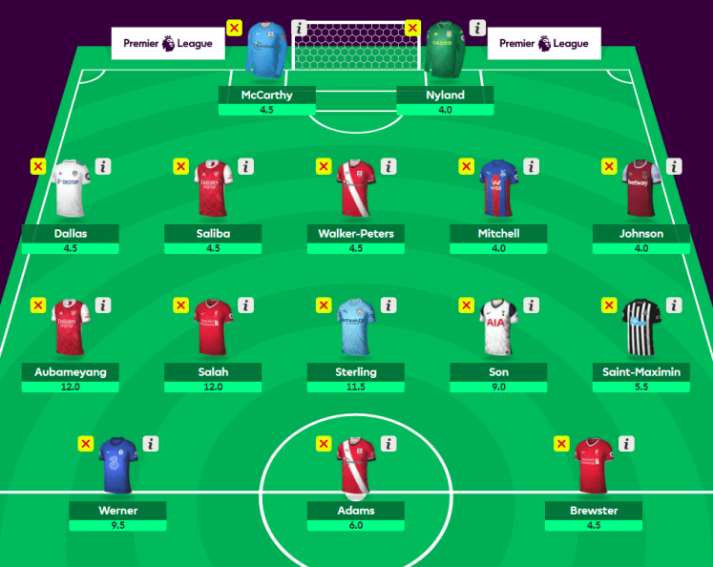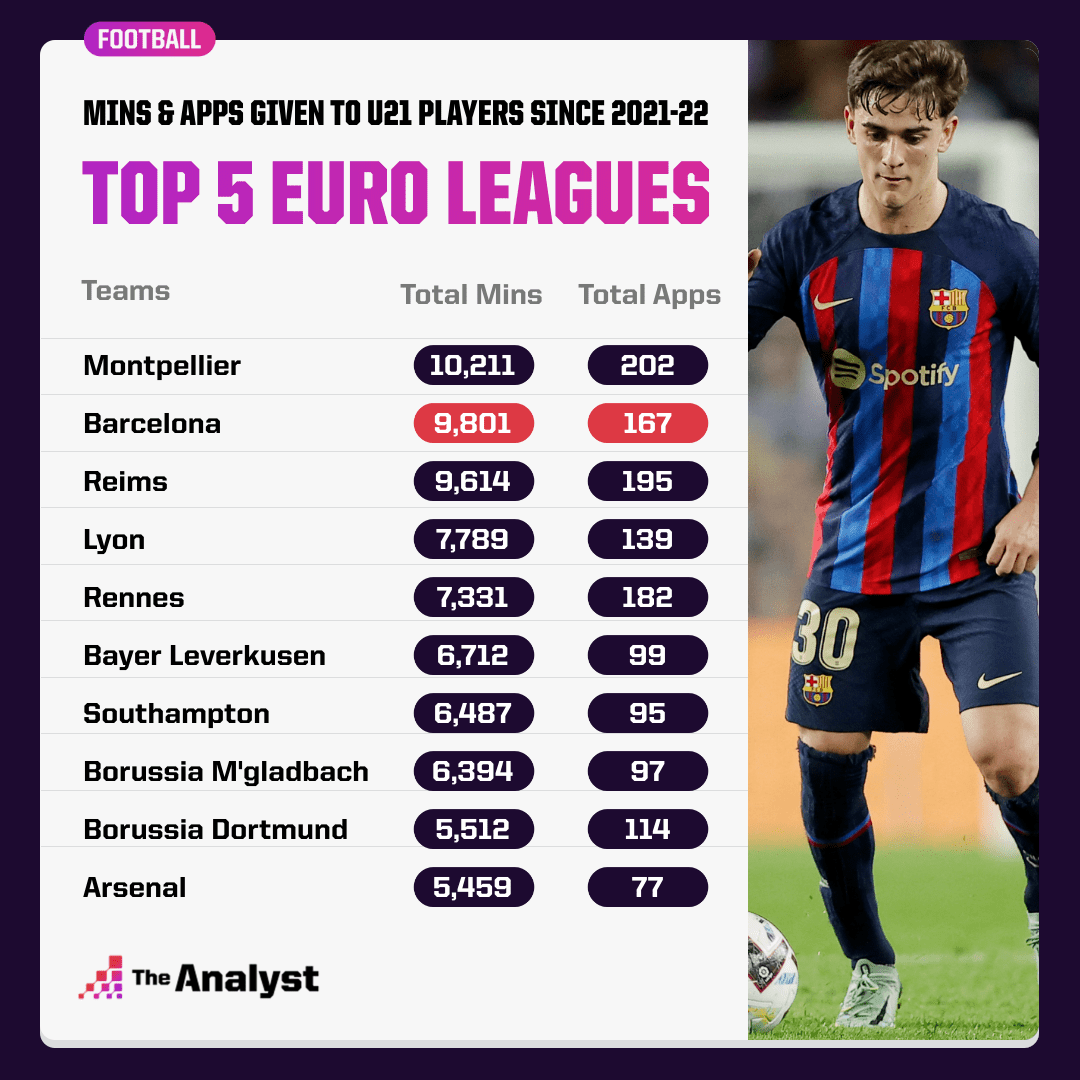
The Art of Dominance: Mastering Fantasy Premier League and Winning Your Mini-League
Fantasy Premier League (FPL) is more than just a game; it’s a season-long marathon of strategic thinking, statistical analysis, and nerve-wracking decisions. Millions participate, but only a select few truly master its intricacies, consistently finishing high in their mini-leagues or even challenging for the overall crown. This comprehensive guide delves into the core principles and advanced tactics that transform casual players into FPL champions.
Winning FPL isn’t about luck; it’s about making informed choices, adapting to change, and maintaining discipline. While the thrill of a last-minute goal or an unexpected assist can feel like a stroke of genius, sustained success comes from a robust framework of preparation, in-season management, and a winning mindset.
I. Pre-Season Mastery: Laying the Foundation for Success
The groundwork for a triumphant FPL season begins long before Gameweek 1 kicks off. This initial phase is crucial for setting up a strong, flexible squad.
-
Deep Dive Research:
- Fixture Analysis: Identify teams with favorable early fixtures. A strong start can build momentum and team value. Tools that rate fixture difficulty are invaluable here.
- Summer Transfers & Pre-Season Friendlies: Track player movements closely. New signings, especially those joining attacking teams or filling key roles, can be immediate FPL gold. Observe pre-season friendlies for signs of form, new tactical setups, and potential injury concerns. Pay attention to newly promoted teams – identify their key attacking and defensive assets.
- Managerial Changes: A new manager can breathe new life into a team, altering formations, player roles, and overall attacking/defensive philosophies. Understand these changes.
- Injury Updates: Keep an eye on long-term injuries from the previous season and any new knocks picked up in pre-season. Avoid players who are not guaranteed starters or are coming back from significant layoffs.
-
Initial Squad Selection – The Balancing Act:
- Budget Allocation: Don’t spend all your money upfront. A balanced squad with a strong core of proven performers and a few budget enablers is ideal. Aim for 3-4 premium players (8.0M+), 3-5 mid-priced gems (6.0-7.5M), and reliable budget options for your bench.
- Formation Flexibility: While you pick a starting formation, your squad should allow for easy shifts between 3-4-3, 3-5-2, 4-3-3, or 4-4-2 based on fixtures and form. This means having a playable bench, not just deadwood.
- Goalkeepers & Defenders: Opt for goalkeepers from teams with strong defensive records or those who make many saves (leading to save points and bonus points). For defenders, look for attacking full-backs (assists potential) or central defenders from clean sheet strongholds who also pose a set-piece threat. A common strategy is to rotate two budget goalkeepers with alternating good fixtures.
- Midfielders & Forwards: These are your primary points scorers. Prioritize players who are integral to their team’s attack, take penalties or free kicks, and have a track record of consistent returns (goals and assists). Out-of-position (OOP) players – e.g., a midfielder playing as a forward – often offer excellent value.
- Bench Strength: Your bench isn’t just for emergencies. In an ideal world, your 12th and 13th players should be capable of playing and scoring if one of your starters is injured or benched. This is particularly vital for Bench Boost chip planning.
II. In-Season Strategic Pillars: The Weekly Grind
Once the season begins, FPL becomes a dynamic challenge requiring constant adaptation and shrewd decision-making.
-
Player Selection & Analysis – Beyond the Eye Test:
- Form vs. Fixtures vs. Underlying Stats: This is the eternal FPL debate. A player in great form with difficult fixtures might not outperform a player with moderate form but excellent upcoming fixtures. However, true FPL masters look beyond just goals and assists.
- Underlying Stats: Utilize advanced metrics like Expected Goals (xG), Expected Assists (xA), Shots on Target (SoT), Touches in the Box (TiB), and Big Chances Created/Missed. These stats indicate a player’s genuine attacking threat and can help identify players due for a points explosion (or regression) before their FPL points reflect it. A player with high xG but few goals might be unlucky and due for a scoring spree.
- Bonus Points System (BPS): Understand how FPL’s BPS works. Actions like successful passes, clearances, key passes, and tackles contribute to a player’s BPS score, which determines bonus points. Players who are involved in all phases of play, even if not directly scoring, can be bonus point magnets.
- The "Template" vs. "Differentials": The "template" refers to the highly owned players everyone has. While it’s wise to own some of these (to avoid falling behind when they perform), truly differentiate your team with 1-2 lower-owned (under 10-15%) players who have high upside. These differentials are key to climbing ranks.
- Set-Piece Takers: Identify players who take corners, free kicks, and penalties. These are guaranteed routes to points, even for defenders and midfielders.
- Form vs. Fixtures vs. Underlying Stats: This is the eternal FPL debate. A player in great form with difficult fixtures might not outperform a player with moderate form but excellent upcoming fixtures. However, true FPL masters look beyond just goals and assists.
-
Captaincy – The Double-Edged Sword:
- Your captain earns double points, making this the most critical weekly decision.
- Key Considerations:
- Form: A player in scoring form is often a safe bet.
- Fixture: Home games against weaker defenses are prime captaincy opportunities.
- Ownership: Highly owned captains mean you gain less on the field if they haul, but lose more if they blank.
- Historical Performance: Some players consistently perform well against specific opponents.
- Team Reliance: Is the player the primary goal threat for their team?
- Risk vs. Reward: Sometimes, a differential captain can catapult your rank, but it’s also a high-risk strategy. For consistency, often sticking to highly-owned, in-form premiums in good fixtures is the safest bet.
- Vice-Captain: Always pick a reliable vice-captain in case your primary captain doesn’t play.
-
Transfer Tactics – Precision and Patience:
- Early vs. Late Transfers:
- Early: Can catch price rises and avoid price drops. Risky due to potential midweek injuries or unexpected news.
- Late: Allows for full information (press conferences, injury news) before the deadline. Can miss out on price rises or be caught by price drops.
- General Rule: If you’re confident in your transfer and want to catch a price rise, go early. Otherwise, wait until closer to the deadline.
- Taking Hits (-4 points): Only take a hit if you’re confident the incoming player will outscore the outgoing player by at least 4 points (i.e., score 4 points more than they would have, or get a haul of 8+ points). Avoid hits for minor upgrades. Hits are often justified when:
- Bringing in a player for a Double Gameweek (DGW).
- Fixing a major injury crisis.
- Capitalizing on a significant fixture swing for a premium player.
- Planning Ahead: Look 2-3 gameweeks into the future. Identify "fixture swings" for teams and plan transfers to capitalize on these. This helps avoid reactive, knee-jerk decisions.
- Wildcard Planning: Your first Wildcard is invaluable. Use it to overhaul your squad during a major injury crisis, after a string of bad gameweeks, or to set up for a series of favorable fixtures. The second Wildcard (post-January transfer window) is often used to prepare for Blank/Double Gameweeks later in the season.
- Early vs. Late Transfers:
-
Chip Strategy – Unleashing the Power:
- Wildcard (x2): Use your first Wildcard to fix an early-season mess or optimize for a strong run of fixtures. The second Wildcard is typically reserved for navigating Blank Gameweeks (BGWs) and setting up for a big Double Gameweek (DGW) later in the season.
- Bench Boost: Play this chip during a Double Gameweek when all 15 of your players have two fixtures. This requires careful planning to ensure your entire bench is composed of starting players with good fixtures.
- Triple Captain: Best used on a premium player during a Double Gameweek where they have two highly favorable fixtures, or on a single Gameweek captain with an exceptional record against a weak opponent (e.g., Haaland at home vs. Nottingham Forest).
- Free Hit: This chip allows for a one-off complete squad change for a single Gameweek, reverting to your original squad afterwards. It’s perfectly suited for Blank Gameweeks (when many teams don’t play) or to capitalize on a specific Double Gameweek without disrupting your long-term squad.
III. Fixture Analysis – The Crystal Ball
Beyond simply looking at the next opponent, understanding fixture runs is a cornerstone of FPL success.
- Difficulty Ratings: Most FPL tools provide color-coded fixture difficulty ratings. Use these as a guide, but also apply your own judgment based on team form, home/away advantage, and historical head-to-head records.
- Identifying "Runs": Look for teams with a sustained period of easy or difficult fixtures. This helps you identify players to bring in for a few weeks ("punts") or players to sell before their tough run begins.
- Opponent Form: A team might have an "easy" fixture on paper, but if their opponent is in surprisingly good form, it might not be as straightforward as it seems.
IV. Data & Analytics – Beyond the Numbers
While FPL is played on a pitch, winning it often happens on a spreadsheet.
- Utilize FPL Tools and Websites: Websites like Fantasy Football Hub, Fantasy Football Scout, and others offer invaluable data, statistics, comparison tools, and community insights. Learn to interpret the data they provide.
- Bonus Points System (BPS) Awareness: Understanding the BPS can help you pick players who consistently earn bonus points even when not directly involved in goals. High pass completion, tackles, clearances, and successful dribbles all contribute.
- Statistical Deep Dive: Don’t just look at goals and assists. Dive into underlying stats:
- Shots in the Box (SiB): Indicates a player’s presence in dangerous areas.
- Big Chances Created (BCC): Shows a player’s ability to set up high-quality scoring opportunities.
- Key Passes: Passes leading directly to a shot.
- Touches in the Opposition Box (TiB): For attackers, this directly correlates with goal involvement.
V. Gameweek Management & Discipline – The Weekly Grind
The deadline approaches, and you’re faced with a myriad of choices. Discipline is key.
- Deadline Awareness: Never miss a deadline. Set reminders.
- Injury News & Press Conferences: Always check the latest injury news, especially manager press conferences, a day or two before the deadline. This can save you from a crucial last-minute benching or injury.
- Managing Bench Order: Arrange your bench correctly. Your first sub should be the most likely to play and score if one of your starters is benched.
- Avoid Impulsive Decisions: A bad Gameweek can be frustrating, but don’t immediately take a hit or make drastic changes. Take a breath, analyze, and plan your moves.
VI. Mindset and Discipline – The Unsung Hero
Perhaps the most overlooked aspect of FPL success is the psychological game.
- Patience: FPL is a marathon, not a sprint. Don’t panic after a bad Gameweek. Good decisions often pay off over time.
- Avoid Knee-Jerk Reactions: Don’t transfer out a premium player after one blank or bring in a player after one big haul if their underlying stats don’t support it.
- Embrace Variance: FPL involves an element of luck. Sometimes your player hits the post; sometimes an opponent gets a lucky deflection. Accept that not every good decision will yield immediate rewards, and not every bad one will be punished instantly.
- Learn from Mistakes: Every FPL manager makes mistakes. Analyze why a transfer didn’t work, or why a captain blanked. Use it as a learning opportunity.
- Enjoy the Game: Ultimately, FPL should be fun. While winning is the goal, don’t let it consume you. The community, the banter, and the sheer unpredictability of the Premier League are what make it so engaging.
Conclusion
Winning Fantasy Premier League is a testament to strategic prowess and unwavering dedication. It demands a blend of rigorous pre-season preparation, astute in-season management, a keen eye for data, and a disciplined mindset. By mastering fixture analysis, understanding player statistics, optimizing your chip strategy, and maintaining composure through the highs and lows, you transform from a casual participant into a formidable FPL manager.
Remember, consistent success isn’t about chasing every single point; it’s about making calculated decisions that minimize risk and maximize long-term gain. Implement these tips, learn from every Gameweek, and you’ll be well on your way to claiming bragging rights in your mini-league and perhaps even challenging for overall FPL glory. Good luck, and may your arrows always be green!



